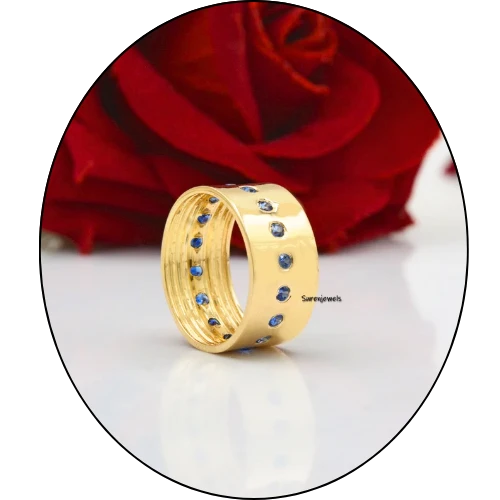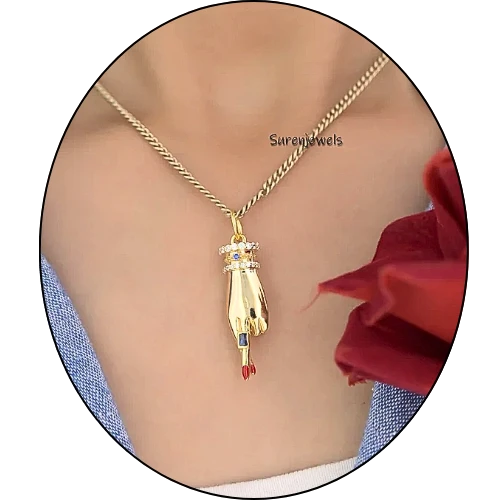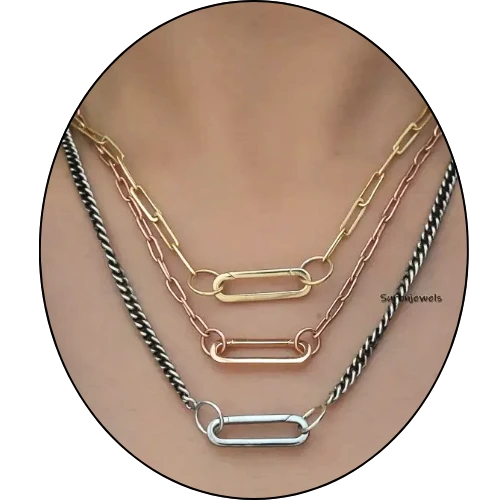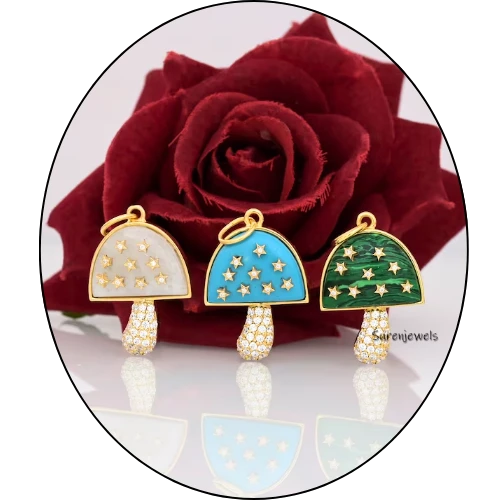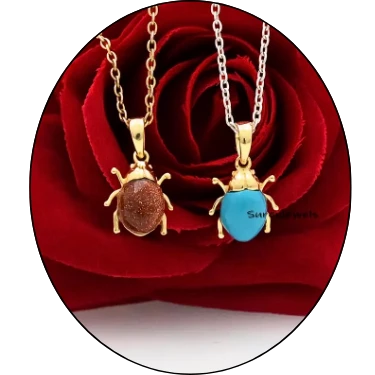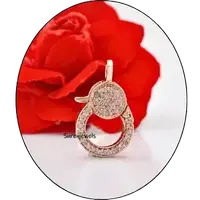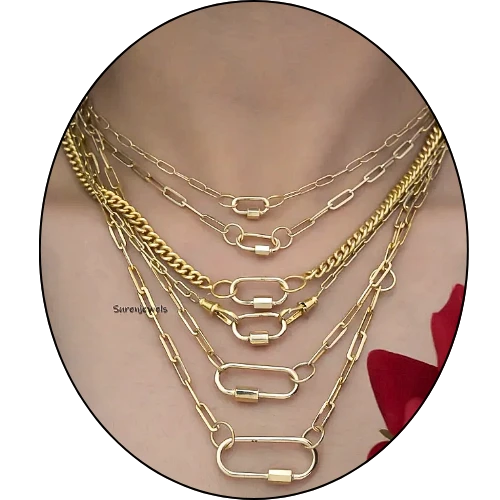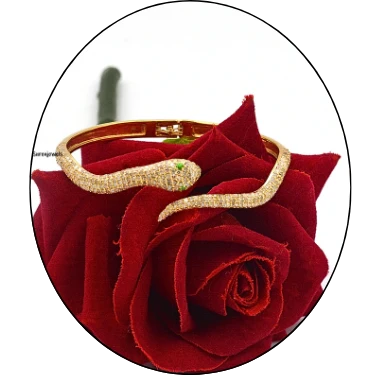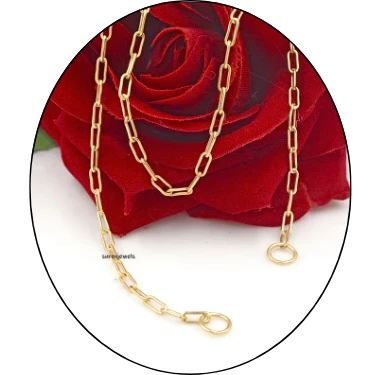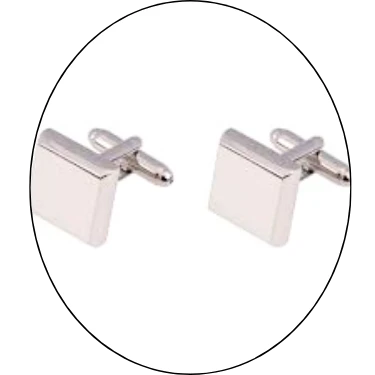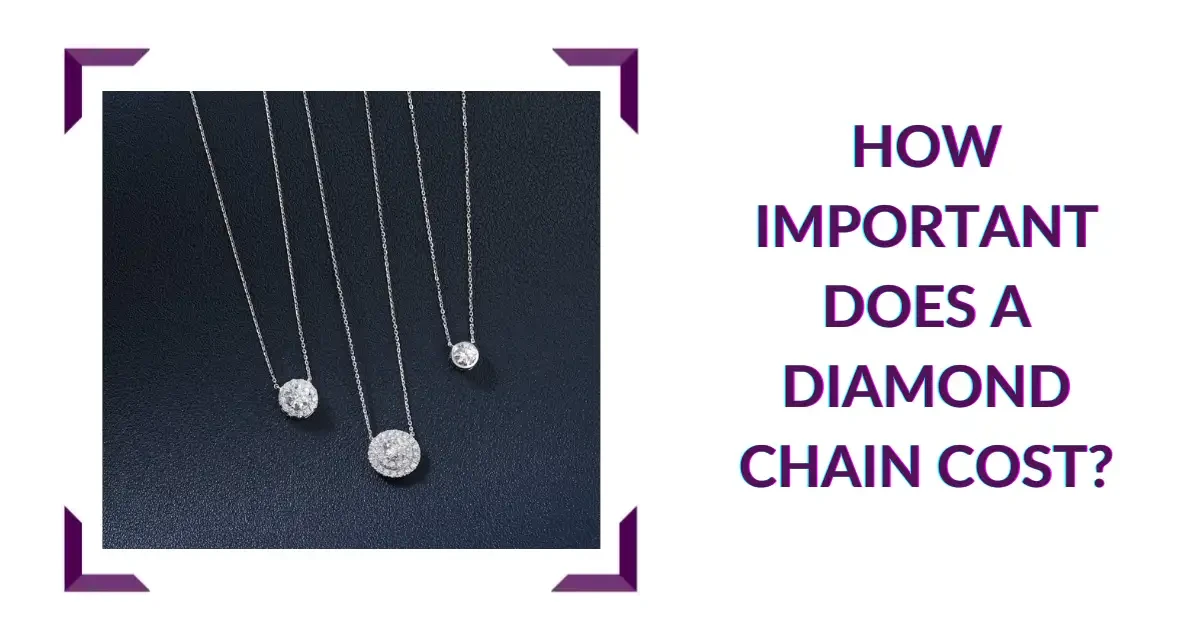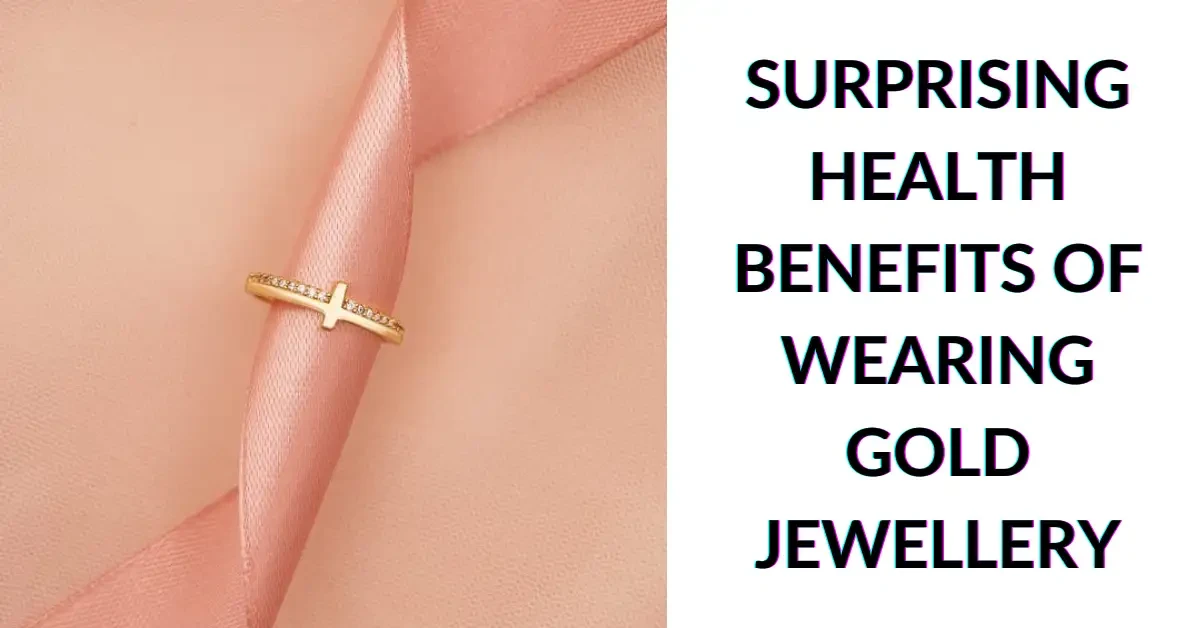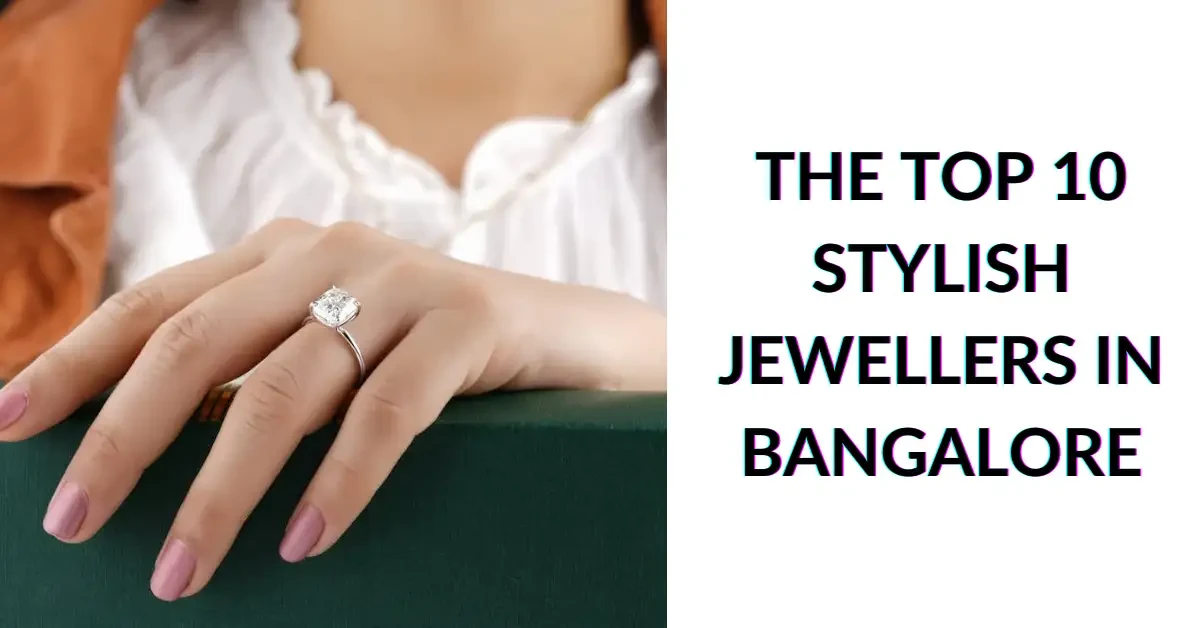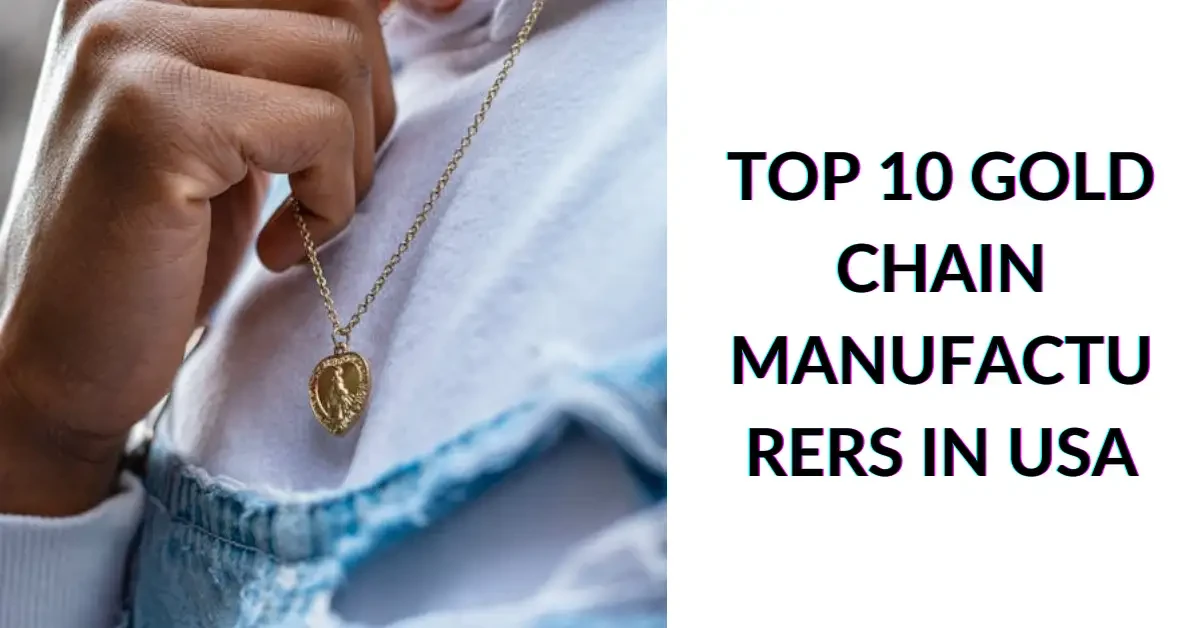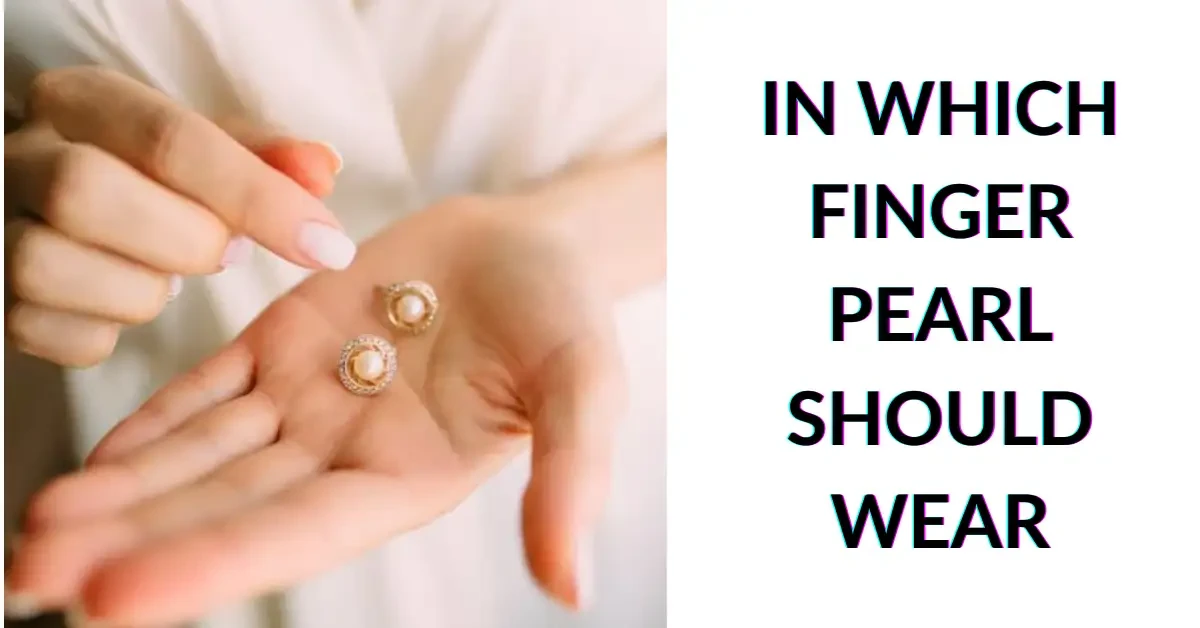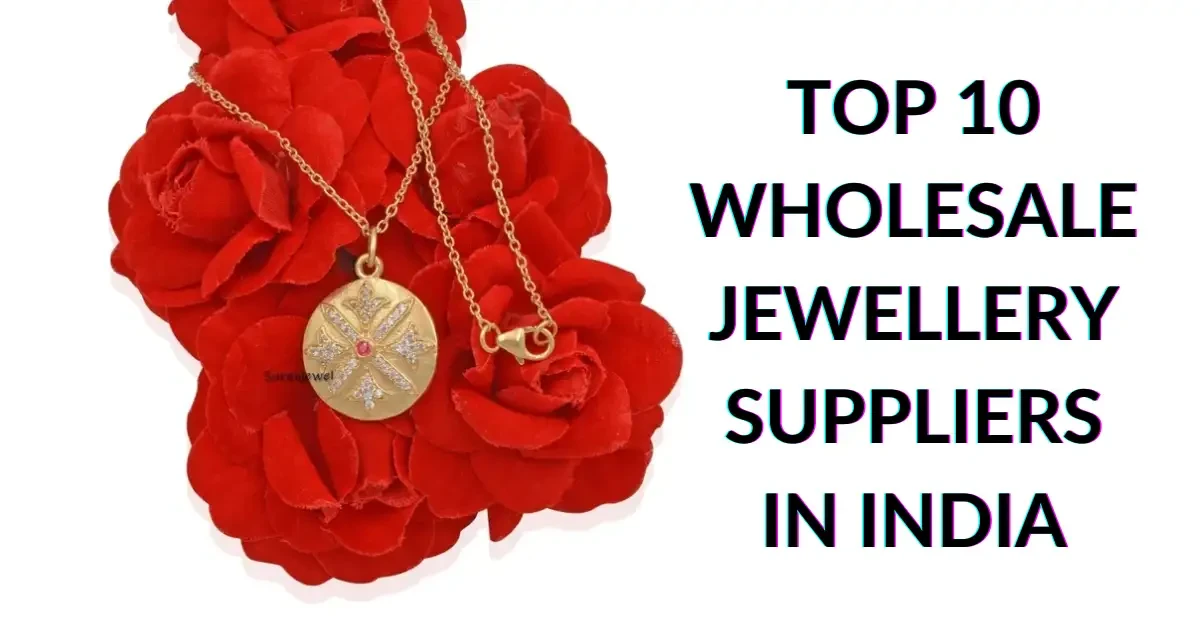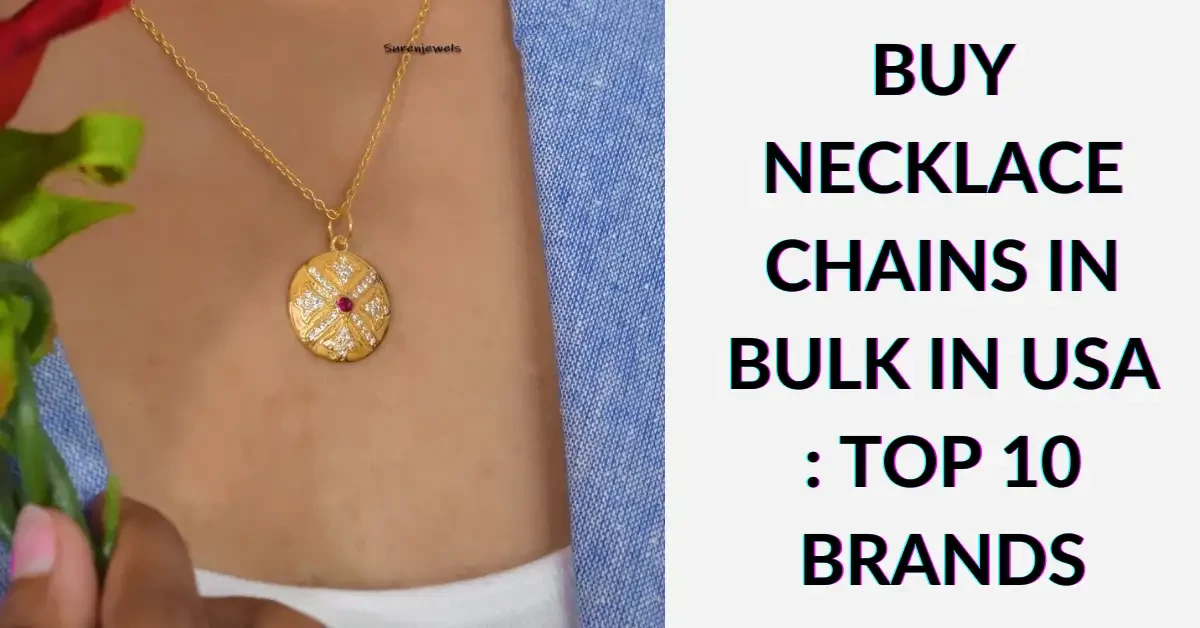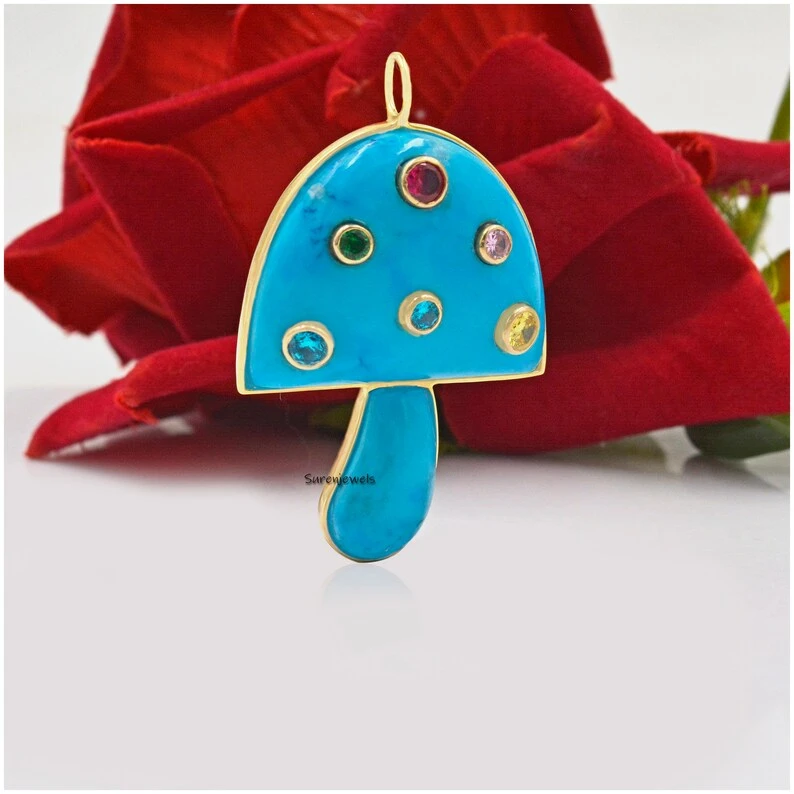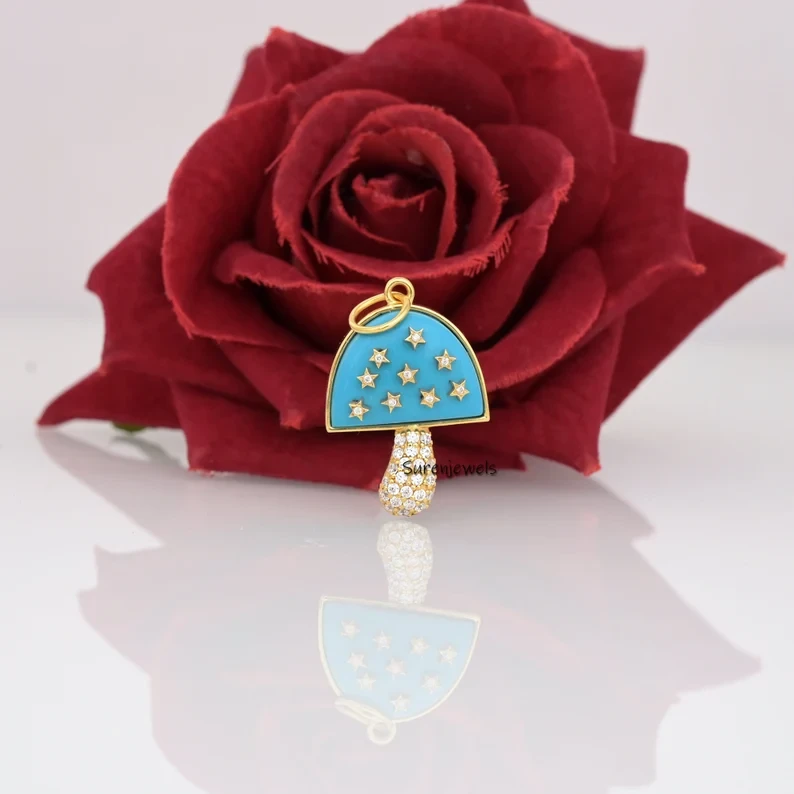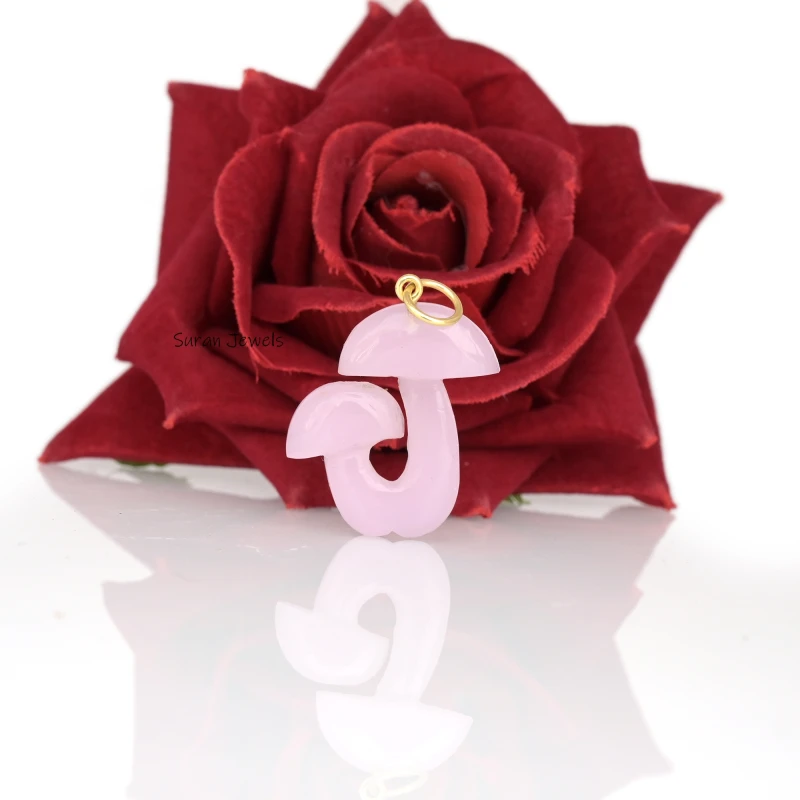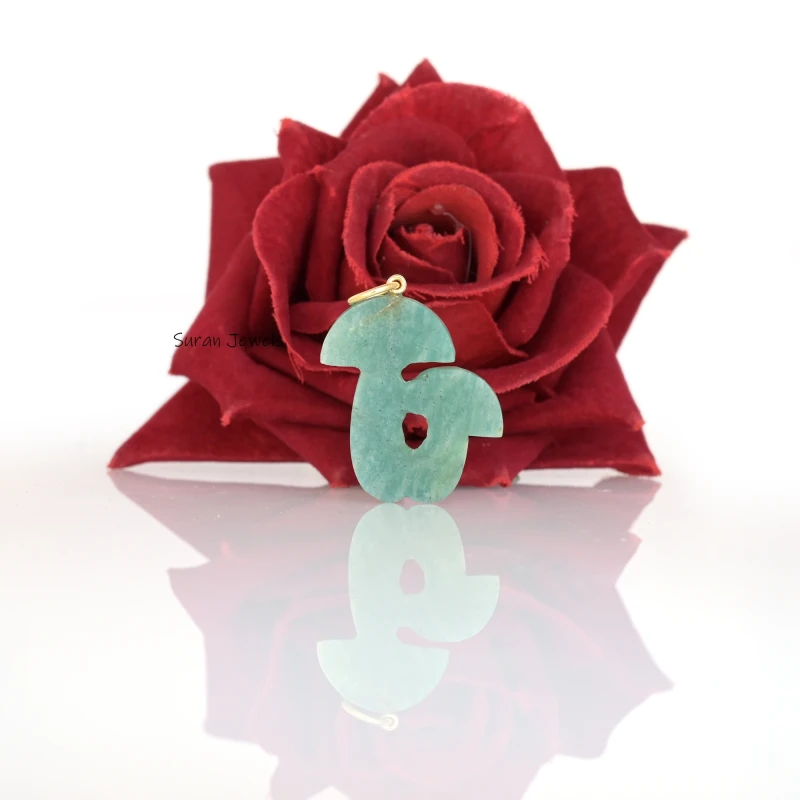Wholesale Charm Necklace Suppliers in USA : Top 10
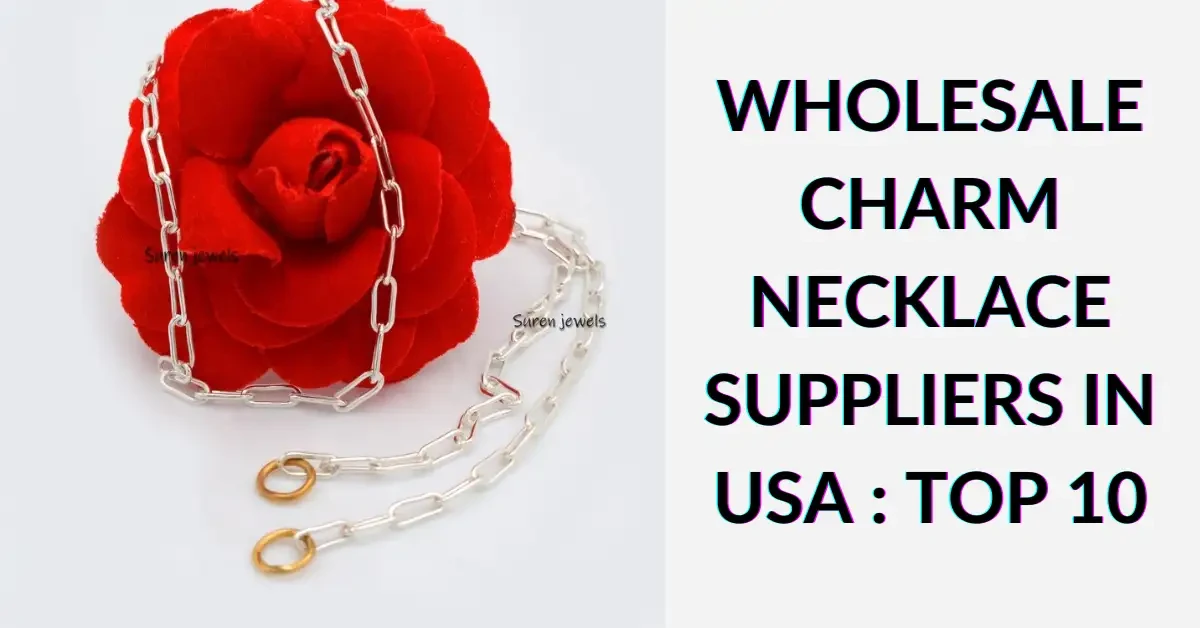
Step- by- Step Process of Producing a Gold Ring
Gold rings have been treasured for centuries as symbols of love, commitment, wealth, and style. Whether for engagement, fashion, or form, the creation of a gold ring is a fascinating mix of art, wisdom, and artificer. The product process involves multiple detailed ways, each taking perfection and skill. Below is a comprehensive companion to how a gold ring is made — from raw material to finished product.
Step- by- Step Process of Producing a Gold Ring
1. Designing the Ring
Every great ring starts with a conception. The first step is designing the ring, which involves creativity and specialized know- style.
Process
Sketching A jewelry developer draws original ideas on paper or digitally. This includes ring confines, patterns, settings for monuments, and drawings.
CAD Modeling Using CAD( Computer- backed Design) software, the developer creates a 3D model of the ring.
This allows for detailed visualization and structural analysis before the product.
Client blessing If it's a custom ring, the customer approves the design before moving on to manufacturing.
2. Creating a Wax Model( Lost Wax Casting)
One of the most extensively used ways for jewelry timber is lost wax casting, which begins with creating a wax replica of the final ring.
Process
Wax Printing or sculpturing The 3D design is either 3D published in wax or hand- sculpted using wax sticks. This wax model is an exact dupe of the final ring.
Treeing If multiple rings are being made, the wax models are attached to a central wax stem, forming what’s called a " tree".
3. Investing and Making the Mold
Once the wax model is ready, it needs to be boxed in an earth, which will ultimately be used to form the essence interpretation.
Process
Flasking The wax model( or tree) is placed inside a spherical vessel called a beaker.
Investment Cataplasm A special type of high- temperature- resistant cataplasm is poured into the beaker to cover the wax.
Setting The cataplasm hardens around the wax model, creating a detailed negative earth.
4. Collapse Process
This step involves removing the wax from the toughened cataplasm earth.
Process
The beaker is placed in a kiln or furnace and hotted to around 1,300 °F( 700 °C).
The wax melts and burns out, leaving a concave depression inside the earth.
This process also strengthens the investment material, preparing it for molten gold.
5. Melting and Pouring the Gold
Now, it's time to transfigure gold from solid to liquid and fill the earth depression with it.
Process
Gold Alloying Pure gold( 24K) is too soft for rings, so it's alloyed with other essences( like tableware, bobby , or zinc) to make 18K, 14K, or 10K gold.
The diluted gold is melted in a gauntlet using an arsonist, induction heater, or furnace.
The molten gold is precisely poured( or vacuum/ centrifugally cast) into the heated earth depression.
After cooling, the gold takes the exact shape of the wax model that was preliminarily burned out.
6. Cooling and Removing the Mold
Once the gold has cooled and solidified inside the earth, the cataplasm must be removed to reveal the raw gold ring.
Process
Quenching The beaker is plunged into cold water, causing the investment cataplasm to break piecemeal.
Any remaining investment is washed or blasted down, and the raw gold ring is recovered. Still, the individual rings are cut off from the stem, If a casting tree was used.
7. Drawing and Filing
The cast gold ring is rough and needs a lot of refinement.
Process
Sprue junking( the channel through which the gold was poured) is removed with a jeweler’s aphorism or train.
Form and grinding Jewelers smooth out the face using hand tools or rotary machines to remove casting marks and defects.
Ultrasonic Cleaning The ring may be placed in an ultrasonic cleanser to remove dirt and remainders.
8. Stone Setting
Still, this is when they're precisely mounted into place, If the ring includes rocks .
Process
Creating the Setting The ring is fixed with prickles, bezels, or channels where monuments will be placed.
Placing monuments professed setters use fine tools to position and secure each gravestone.
Tensing Prickles or bezels are gently pushed over the gravestone to hold it securely. The setter ensures the monuments are aligned and free of movement.
9. Drawing
For personalization, drawing can be added inside or outside the ring.
Process
Hand Engraving Traditional system using handheld tools.
Ray Drawing A ultramodern, precise system for custom dispatches, initials, or dates.
10. Polishing and Finishing
Now the ring begins to shine. This step brings out the luster and beauty of the gold.
Process
The ring is polished using a polishing wheel and colorful composites to achieve a glass- suchlike finish.
Buffing Fine details and tight spots are buffed with small tools
Depending on the design, the ring may be given a matte, satin, pounded, or grandly- buff finish. Rhodium Plating( for white gold) White gold rings are frequently carpeted with rhodium to enhance shine and color.
In the End
Gold ring product combines art, metallurgy, and perfection engineering. Whether for a marriage, fashion, or heritage, each gold ring goes through several essential stages from conception to completion.
READ MORE :: Step- by- Step Process of Producing a Gold Ring
Recent Posts
How Important Does a Diamond Chain Cost?
Surprising Health Benefits of Wearing Gold Jewellery
The Top 10 Stylish Jewellers in Bangalore
Top 10 Gold Chain Manufacturers In USA
Top 10 Luxury Jewellery Brands Worldwide
Top 10 Stylish Jewellers In Mumbai
In which Finger Pearl Should Wear
Top 10 Wholesale Jewellery Suppliers in India
Buy Necklace Chains in Bulk in USA : Top 10 Brands
Related products
14k Gold Gemstone Mushroom Pendant, Magic Mushroom Charm, Wholesale Mushroom Jewelry
14K Yellow Gold Multi Sapphire Gemstone Blue Enamel Mushroom Pendant Manufacturer
14K Yellow Gold Amethyst & Multi Gemstone Mushroom Pendant Custom Jewelry
14K Yellow Gold Malachite, Rose Quartz & Multi Gemstone Mushroom Pendant Jewelry Supplier
Wholesale 14K Yellow Gold Turquoise & Multi CZ Mushroom Pendant Jewelry
Wholesale 925 Silver Yellow Gold Plated Turquoise & Multi CZ Mushroom Pendant
14K Solid Gold Pave Gemstone Mushroom Pendant – Wholesale
925 Silver Gold Plated Pave Gemstone Mushroom Pendant – Wholesale
Gold Amazonite Mushroom Pendant – Hand-Carved Gemstone Amulet with 14K Gold
925 Sterling Silver Yellow Gold Plated Amazonite Mushroom Pendant Manufacturer
14K Yellow Gold Malachite And Moissanite Mushroom Pendant Custom Jewelry
Wholesale 14K Yellow Gold Pink Opal & Light & Pink Sapphire Mushroom Pendant Jewelry
14K Yellow Gold Malachite & Multi Baguettes Stone Mushroom Pendant USA
Contact Us For Custom Jewelry
Please get in touch with us and share your ideas if you have personalized jewelry or are searching for a private label jewelry manufacturer. In accordance with your suggestions, we will make and present genuine jewelry.
Drop Us a Line
Scan QR Code
for immediate contact

